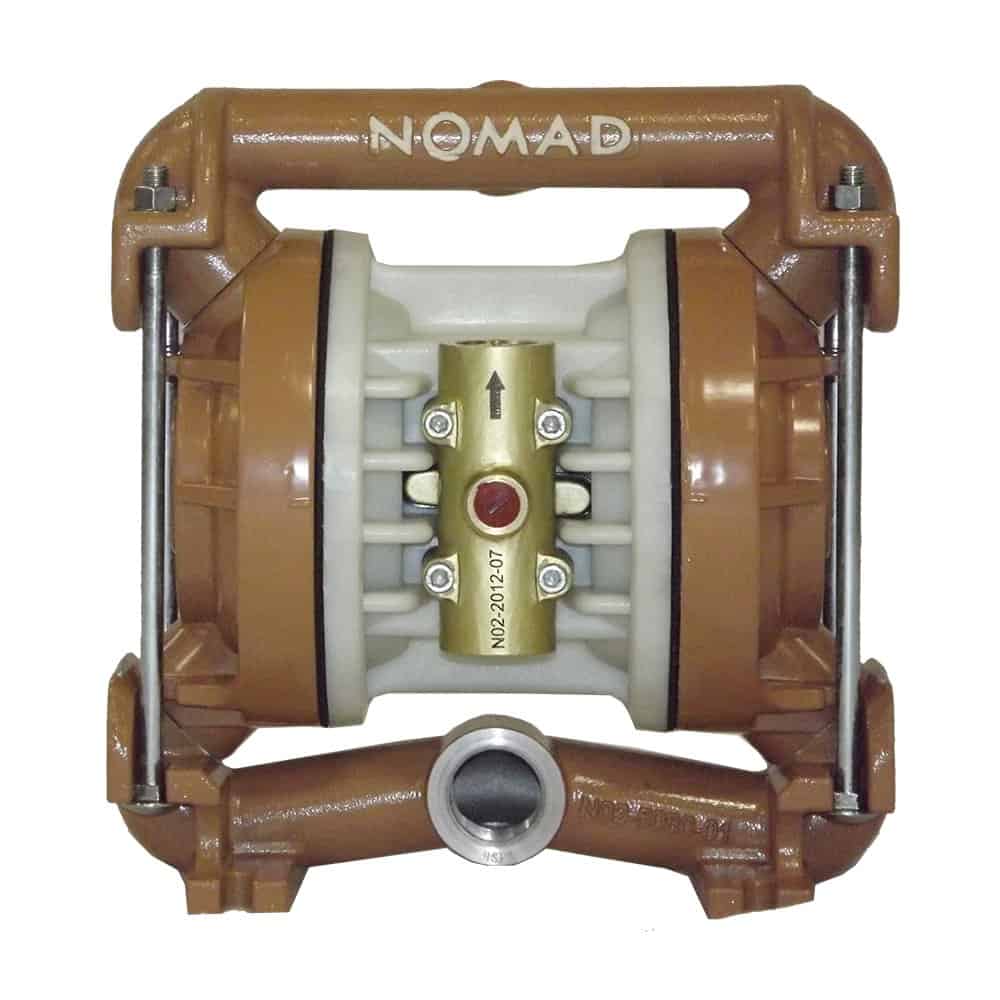There are many different types of industrial pumps on the market. Because of different functionality, sizes and other features, certain pumps are naturally going to be better for certain process applications. It’s important to understand the differences so that you can select the ideal pump for your operation.
Most every pump will fall under one of two general categories: centrifugal pumps and positive displacement pumps. Centrifugal pumps are more common; however, positive displacement pumps are more diverse and adaptable. In this article, we are going to focus specifically on positive displacement pumps. We’ll discuss how positive displacement pumps work, the different types of pumps available and the advantages that these pumps offer.
How Positive Displacement Pumps Work
A positive displacement pump will draw fluid into the pump chamber at an inlet valve and then discharge it through an outlet valve. Different pumps will use different methods to achieve this action. Typically, this may involve a rotary, reciprocating or diaphragm system that moves the fluid through the pump. It is a repeating cycle that generates consistent flow rates.
Advantages of Positive Displacement Pumps
One of the main advantages of positive displacement pumps is that they will process the fluid at the same speed regardless of the pressure on the inlet. Having a steady flow rate is important in many operations. Because there are so many variations of positive displacement pumps and accessories, they are generally easy to adjust and dial in for the desired flow rate.
Positive displacement pumps are often preferred when dealing with very viscous fluids. In addition, they are self-priming, which allows them to handle liquids that contain a certain volume of entrained air.
Now, let’s look at some of the most common types of positive displacement pumps:
- Piston Pump
This is the classic style of positive displacement pump, using a piston to force liquid through the pump. A piston will move up and down to create and release pressure for a consistent flow rate.
- Diaphragm Pump
These pumps use a diaphragm system instead of a piston to create the flow through the pump. Some larger models of diaphragm style pumps are used when the process fluid is made up of a heavy sludge or contains debris and waste.
- Air-Operated Double-Diaphragm Pump
This is the more common style of the diaphragm pump, using pressurized air to activate the diaphragms rather than a mechanical device. Think of it as two pumps in one, with one diaphragm providing the suction and the other creating the discharge pressure.
- Rotary Gear Pump & Lobe Gear Pump
Rotating gears create a partial vacuum that draws liquid into the pump and then the meshing of the gears forces the fluid into the outlet line.
- Screw Pumps
A screw pump will create an axial pumping motion as the liquid is carried between screw threads on two or more rotors. As the screws rotate and mesh, the fluid is displaced axially.
- Progressive Cavity Pump
Similar to a screw pump, a progressive cavity pump will use a single-end, single-rotor/stator arrangement. This results in two cavities that form at the suction end of the stator. As one closes, the other opens to maintain a consistent flow rate with minimal pulsation.
This is just a basic description of how positive displacement pumps work and the different types available. However, no matter what type, positive displacement pumps are very adaptable and well-suited for a wide variety of applications and operational set-ups.
To learn more about positive displacement pumps and for help in selecting the ideal pump configuration for your operation, contact Cortech Engineering today.

